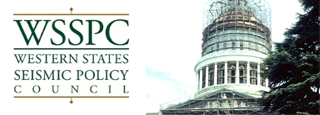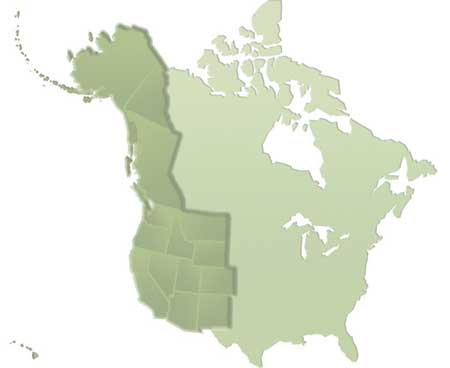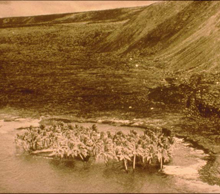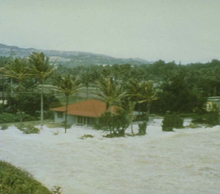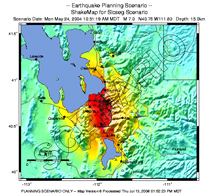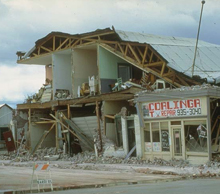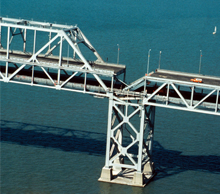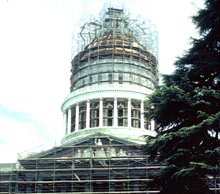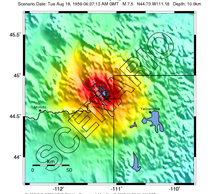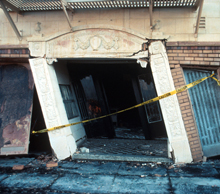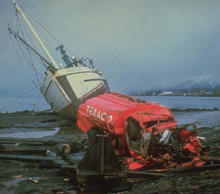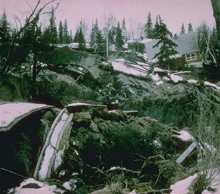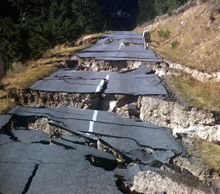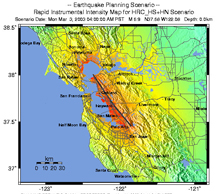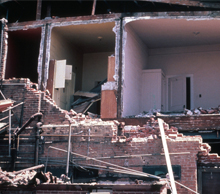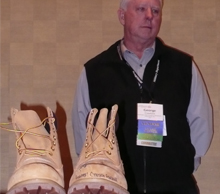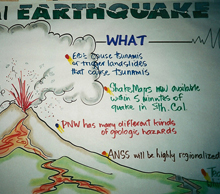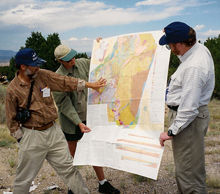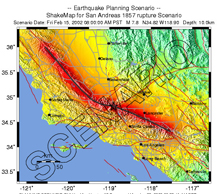Montana Earthquake Hazards Mitigation Legislation
(MT‐1) MCA Title 7 Local Government: Allows local governments to construct public buildings, utility services, roads, and bridges. Gives local government the right to adopt their own building codes. Limitation: Does not require local building codes or enforcement.
(MT‐2) MCA 10‐3 Disaster and Emergency Services: Establishes state and local emergency management organizations and responsibilities. Limitations: Mentions mitigation in a very limited fashion.
(MT‐3) MCA 50‐60 Building Construction Standards: Authorizes State Building Code. Allows for local county, city, or town building codes. Limitations‐Except for the energy, plumbing, and electrical codes, the State Building Code is not applicable for residential structures less than five dwelling units, unless required by local jurisdictions.
(MT‐4) MCA 76‐1 Growth Policy: Requires local governments to develop growth policies by October 2006. Growth policies are the steering documents for zoning ordinances and subdivision regulations. Limitations‐Does not require the consideration of natural hazards. A bill requiring a strategy for addressing natural hazards failed in 2001. Growth policies are not regulatory and do not have authority to deny land use.
(MT‐5) MCA 76‐2 Planning and Zoning: Allows local governments to establish and manage zoning districts. Limitations‐Does not establish statewide zoning or require it at the local level.
(MT‐6) MCA 76‐3 Montana Subdivision and Platting Act: Requires local governments develop subdivision regulations and enforcement Establishes policy to ensure subdivisions are in the public interest. Limitations‐Does not establish statewide standards for hazards.
(MT‐7) Title 24, Chapater 301 of the Administrative Rules of Montana (Building Code): New construction in the Intermountain Seismic Belt is taking place in areas vulnerable to earthquake damage. The State Of Montana has adopted the International Building Code (IBC), 2006 edition and seismic provisions or requirements found in the IBC are what the state requires for commercial buildings built in Montana. Seismic requirements are found throughout the code and are not condensed into a table or chart of requirements. Different building types, different occupancies and different uses all have varying degrees of seismic requirements and even different materials utilized in those different buildings and occupancies carry additional or different requirements i.e. wood construction of a police station would have different seismic requirements than a masonry built police station. A building with an occupant load of over 300 people would require additional seismic considerations than if the building held less than 300 (same use, same materials). The staff of architects and engineers at the Montana Department of Labor and Update to the State of Montana Multi‐Hazard Mitigation Plan and Statewide Hazard Assessment Montana DES 3‐61 August 2007.
Industry, Bureau of Building and Measurement Standards perform plan reviews to ensure designers have included the seismic provisions and requirements found in the building code. The IBC recognizes the differences in seismic activity by evaluating three main parameters; 1) amount of motion – this is a site specific value derived from software using a location’s zip code, 2) site class or soil type for a specific building site, and 3) the seismic use group which is the type of building use. These three parameters are analyzed to arrive at a “seismic design category” which the code then provides for specific requirements based on a project’s seismic design category label. For example a project located in an area where the ground motion has been determined to be high, the soil type at the site is determined to be such that not much dampening of that motion is likely to occur (not hard rock – silt or loose soil present) and the building is considered an “essential facility” such as a police station or hospital then the seismic design category will calculate out to be such that higher seismic requirements will be placed on that structure. You could have the same motion and the same soil type but have a building that is not essential (could be right across the street from the police station) and the seismic design category would be such that
the requirements for seismic design will be lower.
The IBC does not cover single family residences. The State Of Montana has adopted the International Residential Code (IRC), 2006 edition for one and two family residences and townhouses. The State of Montana, Bureau of Building and Measurement Standards does not have jurisdiction over single family residences (they are exempt from the requirements of a building permit by law). Local jurisdictions (cities, counties and towns) can elect to become certified to take on enforcement of single family residences. Currently there are 42 certified jurisdictions including four counties (Table 3.3.2‐7) that are certified to enforce building codes; however, they must adopt the same codes and operate under the same process as the State of Montana.
